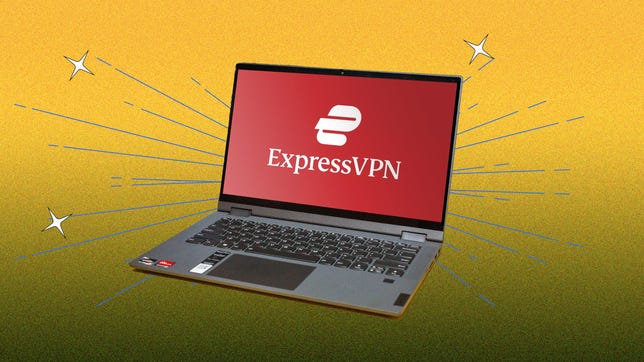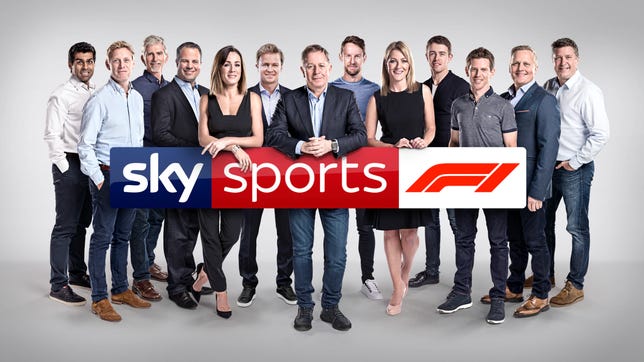Technologies
Formula 1 Racing 2023: How to Watch and Livestream the Australian GP Today
Max Verstappen didn’t win last week, but his teammate did. Can Red Bull make it three for three this season? Here’s how to watch without cable.
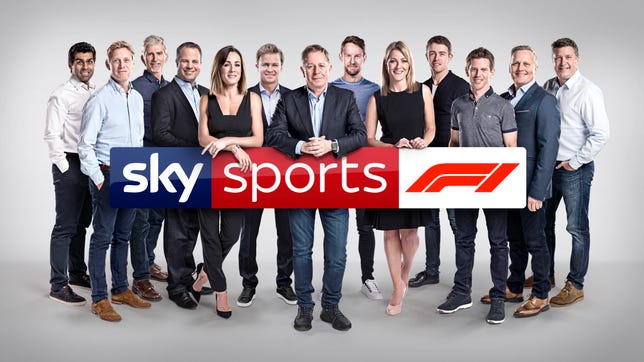
F1 racing superstar Max Verstappen came in second in the Saudi Arabian Grand Prix, while his Red Bull teammate Sergio Perez won the race. Red Bull has placed first and second in both races of the season so far, in what looks like a dominant car, and they look to do it again today in the Australian GP.
Aston Martin’s Fernando Alonso is also having a hot start to 2023, finishing on the podium in both of the first two races. Lewis Hamilton once again grabbed fifth place, with his Mercedes teammate George Russell taking fourth in Saudi Arabia.
Daniel Ricciardo, a fan-favorite Australian racer, will not appear in his home race for the first time since 2011. He does not have a seat on the grid for the 2023 season, as he was released from his contract at McLaren at the end of last season. He is currently signed on as a reserve driver for Red Bull — with whom he found success earlier in his career — in hopes of clawing back a full-time ride in 2024.
The Australian Grand Prix will be held Sunday morning at 12:55 a.m. ET (9:55 p.m. PT Saturday night) on ESPN.
The entire race weekend, including practice sessions and qualifying, will be shown in the US on ESPN’s family of television networks. Those looking to follow all the drama will need access to ABC, ESPN, ESPN 2 and ESPNews to catch every second of the action.
No single provider has exclusive rights to the network, so there are plenty of ways to get ESPN and watch the races without cable. We’ve broken down everything you need to know in order to stream today’s race, and all the other F1 races this season.
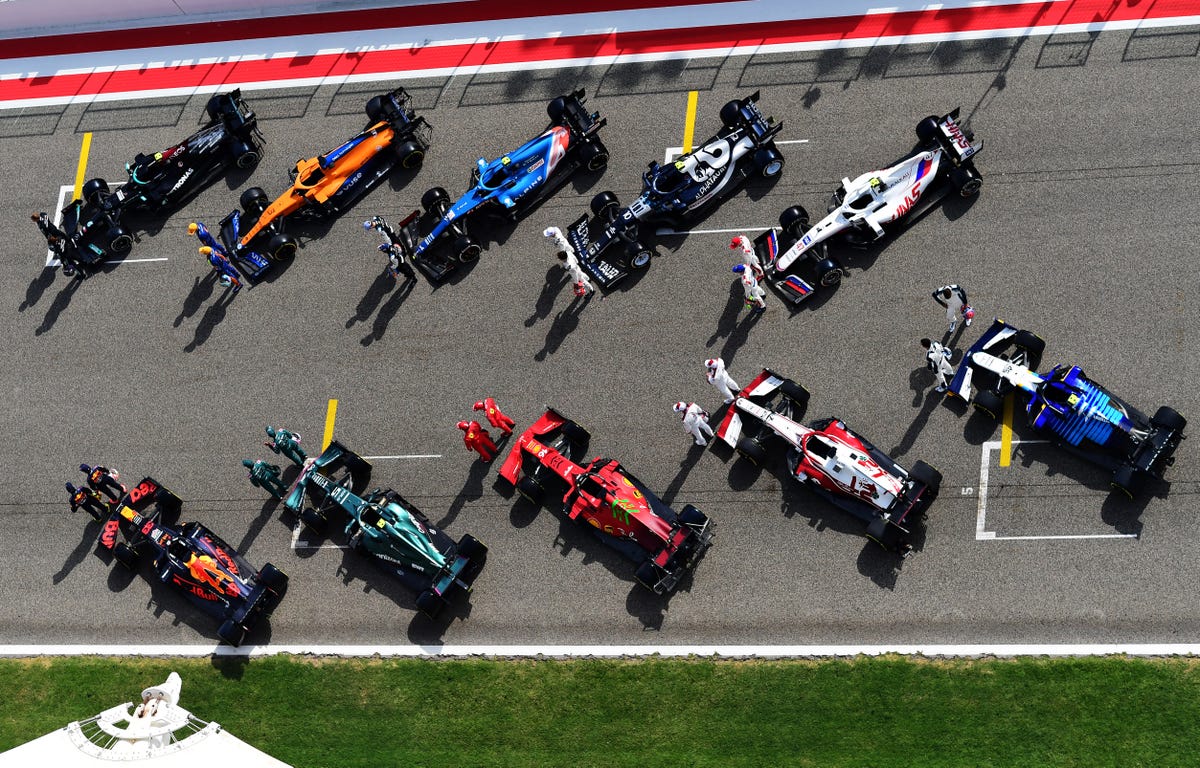

The 2023 F1 season is under way.
Mario Renzi/Formula 1/Getty ImagesWhat is F1 and how is it different from IndyCar?
Both IndyCar and F1 are open-wheeled, single-seater racing formats. This means that the cars can only fit one person and have uncovered wheels that protrude from the body of the vehicle. Despite their basic similarities, F1 and IndyCar offer very different experiences.
In F1, there are only 10 teams, with two drivers apiece for a total of 20 drivers. Most races must go for 305 km, which is about 190 miles. Each driver needs to use two different tires in the race, so a pit stop is mandatory, though cars are not allowed to refuel. Races average around two hours in length and are held at venues all over the world.
Teams spend hundreds of millions of dollars each year developing their cars. All cars must have certain elements — for example, gearboxes must have eight gears plus a reverse and last for six consecutive races — but teams have leeway to tweak and change some parts of their car, including their engines, in the pursuit of speed.
In contrast, the cars featured in IndyCar are more standardized. They all have the same aerodynamic kit and chassis and can only be powered by one of two engines — either a Honda or a Chevrolet. That said, teams are allowed to develop some of their own parts, like dampers and some of their suspensions.
IndyCar races occur on a wide range of tracks, from fast ovals to road and street courses. The length of the races also varies, with some, like the Indianapolis 500, lasting 500 laps and taking over three hours to complete. Not surprisingly, refueling during pit stops is a big part of the strategy during IndyCar races. Teams can field more than two cars, meaning that the amount of drivers on the grid fluctuates from race to race.
IndyCar is mostly considered an American sport and does not have the same level of money and glamour associated with it compared to the globe-hopping F1 circuit.
Why should I care about F1?
F1 races might best be described as a sort of action-packed chess match that takes place while drivers are throttling around a track at close to 200 mph. Teams need both strategy and skill to compete against some of the best minds in motorsports.
F1 is also full of strong personalities. The Netflix documentary series F1: Drive to Survive follows many of the teams and drivers over the course of a year and has helped raise the profile of the sport in the US. Released in February, season 5 of the series chronicles last year’s rise of Red Bull and Verstappen and its effect on the other drivers. It also focuses on the internal battles between drivers on the same team, while giving viewers a peek into the tense, pressurized world of elite racing.
Does F1 stream on ESPN Plus?
ESPN does not air any F1 coverage on its ESPN Plus streaming service. If you want to watch the practices or races you will need a television provider of some kind or to pay for F1’s $80 per season TV Pro subscription.
When, where and what time are the races?
Races are held on Sunday and are usually spaced two weeks apart. Here’s the entire schedule, all times ET.
F1 2023 schedule
| Date | Race | Time |
|---|---|---|
| March 5 | Bahrain GP | 10 a.m. ET |
| March 19 | Saudi Arabian GP | 1 p.m. ET |
| April 2 | Australian GP | 1 a.m. ET |
| April 30 | Azerbaijan GP | 7 a.m. ET |
| May 7 | Miami GP | 3:30 p.m. ET |
| May 21 | Romagna GP | 9 a.m. ET |
| May 28 | Monaco GP | 9 a.m. ET |
| June 4 | Spanish GP | 9 a.m. ET |
| June 18 | Canadian GP | 2 p.m. ET |
| July 2 | Austrian GP | 9 a.m. ET |
| July 9 | British GP | 10 a.m. ET |
| July 23 | Hungarian GP | 9 a.m. ET |
| July 30 | Belgian GP | 9 a.m. ET |
| Aug. 27 | Dutch GP | 9 a.m. ET |
| Sept. 3 | Italian GP | 9 a.m. ET |
| Sept. 17 | Singapore GP | 8 a.m. ET |
| Sept. 24 | Japanese GP | 1 a.m. ET |
| Oct. 8 | Qatar GP | 1 p.m. ET |
| Oct. 22 | United States GP | 3 p.m. ET |
| Oct. 29 | Mexican GP | 4 p.m. ET |
| Nov. 5 | Brazil GP | 12 p.m. ET |
| Nov. 19 | Las Vegas GP | 1 a.m. ET |
| Nov. 26 | Abu Dhabi GP | 8 a.m ET |
How to watch F1 online from anywhere using a VPN
If you find yourself unable to view the game locally, you may need a different way to watch the game — that’s where using a VPN can come in handy. A VPN is also the best way to stop your ISP from throttling your speeds on game day by encrypting your traffic, and it’s also a great idea if you’re traveling and find yourself connected to a Wi-Fi network, and you want to add an extra layer of privacy for your devices and logins.
With a VPN, you’re able to virtually change your location on your phone, tablet or laptop to get access to the game. Most VPNs, like our Editors’ Choice, ExpressVPN, make it really easy to do this.
Using a VPN to watch or stream sports is legal in any country where VPNs are legal, including the US, UK and Canada, as long as you have a legitimate subscription to the service you’re streaming. You should be sure your VPN is set up correctly to prevent leaks: Even where VPNs are legal, the streaming service may terminate the account of anyone it deems to be circumventing correctly applied blackout restrictions.
Looking for other options? Be sure to check out some of the other great VPN deals taking place right now.
James Martin/CNET
ExpressVPN is our current best VPN pick for people who want a reliable and safe VPN, and it works on a variety of devices. It’s normally $13 per month, and you can sign up for ExpressVPN and save 49% plus get three months of access for free — the equivalent of $6.67 per month — if you get an annual subscription.
Note that ExpressVPN offers a 30-day money-back guarantee.
Livestream F1 racing in the UK
F1 in the UK is shown on Sky Sports and Channel 4 — Sky Sports airs the races, while Channel 4 gets practice rounds and qualifying. If you already have Sky Sports as part of your TV package, you can stream the game via its app, but cord-cutters will need to get the Sky Entertainment and Netflix package starting at £26 per month, plus an additional £20 per month to include Sky Sports.
Sky Sports
Those in the UK will need Sky Sports to watch F1 racing in 2023. Those who subscribe to Sky will need the Complete Sports package or the £18 a month Sky Sports F1 package in order to get the games.
Cord-cutters will need to spend £46 a month to get the Sky Entertainment and Netflix package, along with the Sky Sports bundle.
Best options for streaming in the US without cable
Race weekends normally start on Friday with multiple practice runs and continue on Saturday with qualifying. The races themselves take place Sunday. ESPN typically airs practices and qualifying on a mix of ESPN 2 and ESPNews, while the races tend to air on ESPN. F1 events in North America often land on ABC.
Here are some of the best ways to catch the entire race weekend without cable.
Hulu Plus Live TV is now cheaper than YouTube TV, and offers all the channels you need to watch every second of race weekend. As an added bonus, Hulu Plus Live TV comes with the rest of the Disney Bundle, which includes a subscription to Disney Plus, as well as ESPN Plus. F1 races don’t air on ESPN Plus, but the service offers a ton of other content for die-hard sports fans.
You can catch the entire race weekend with a subscription to YouTube TV, but its price went up to $73 earlier this year. ABC, ESPN, ESPN 2 and ESPNews are all included in the package, which means you’ll have all the channels you need in order to watch every second of the action.
Sling TV’s $40 Orange plan might be a good choice for F1 fans who are primarily looking to just watch the races on Sundays. This plan is one of the cheapest ways to get access to ESPN and ESPN 2. Those looking for ESPNews will have to opt for the $11 Sports Extra ad-on. Sling TV lacks ABC, which could be a problem for fans hoping to catch the F1 races in North America.
FuboTV costs $75 per month and includes ABC, ESPN and ESPN 2. The base package lacks ESPNews, but you can add it for an extra $8 a month with the Fubo Extra Package or pay for the $85-a-month Elite streaming tier that includes Fubo Extra. Check out which local networks FuboTV offers here.
DirecTV Stream is the most expensive live TV streaming service. Its cheapest, $75-a-month Plus package includes ESPN, ESPN 2 and ABC, but you’ll need to move up to the $100-a-month Choice plan to get ESPNews. You can use its channel lookup tool to see which local channels are available in your area.
For gearheads looking to get every angle on the action, F1 offers its own streaming service. F1 TV Pro costs $80 per season, or $10 per month, and gives fans access to all races from F1, F2, F3 and Porsche Supercup. You’ll be able to livestream every track session from all F1 Grands Prix and have access to all driver onboard cameras and team radios. You’ll also be able to watch full on-demand races, replays and highlights, along with F1’s historic race archive.
F1 also offers a TV Access Plan for $27 per year, or $3 per month, which only gives you on-demand access to races once they have been completed. You will still be able to view all F1 onboard cameras, along with full replays of F1, F2, F3 and Porsche Supercup. It also includes the historic race archive.
Technologies
Repair Your Electronics at Home With This Rare Black Friday Discount on the iFixit Pro Tech Go Toolkit
This toolkit rarely goes on sale, so take advantage of this opportunity to snag it for only $40.
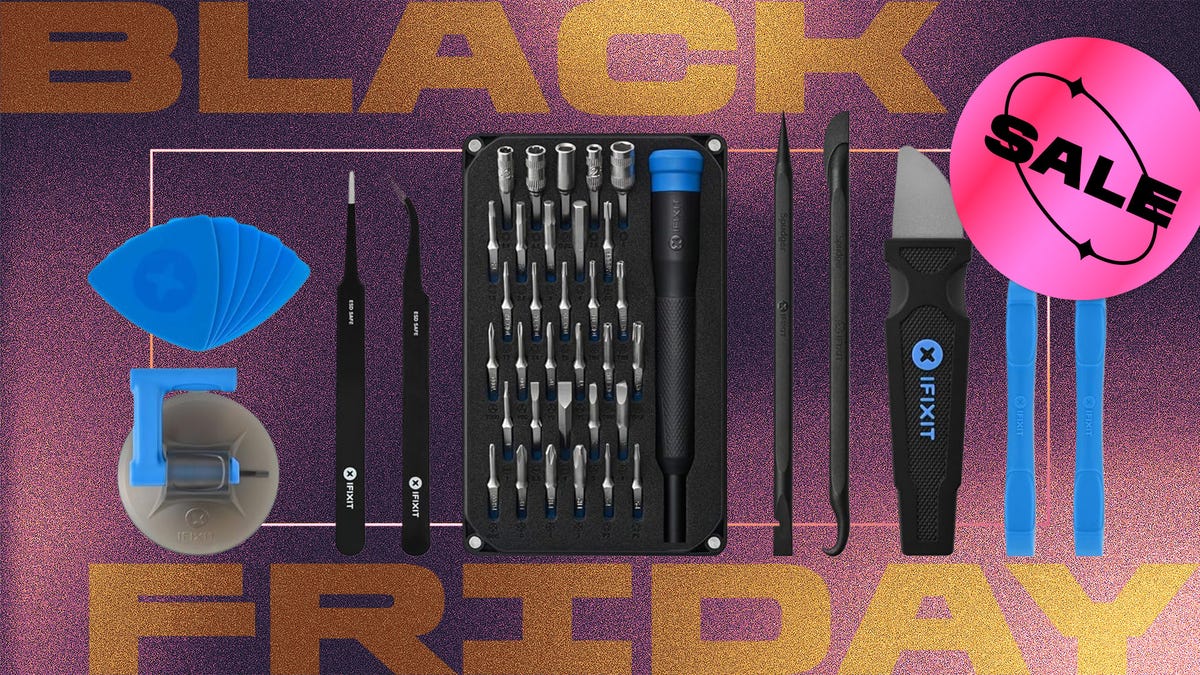
While Black Friday is an excellent time to replace old smartphones or broken laptops at a discount, not everyone is looking to splurge on new tech right now. If you’re shopping on a budget, or simply like the devices that you have and aren’t ready for an upgrade, investing in an electronics repair kit may be a wise option. We’ve spotted a discount on the iFixit Pro Tech Go tech toolkit, bringing its price down to just $40. But don’t delay, Black Friday is in its final hours and this kit rarely goes on sale.
The iFixit Pro Tech Go kit can be used to open up and repair a wide range of electronics, including smartphones, laptops, gaming consoles, and smart home devices for DIY repairs like battery or screen replacements. The kit has a 32-bit Moray driver kit, an opening tool, a suction handle, a jimmy, a spudger and angled tweezer to carefully open your devices.
Don’t miss any of our unbiased tech content and lab-based reviews. Add CNET as a preferred Google source.
Repairing your own tech can save you hundreds or even thousands of dollars. It also reduces e-waste by helping your devices last longer rather than throwing them away over minor issue. As of this year, all 50 states have introduced right-to-repair legislation designed to give people a legal right to fix their own tech, and several states have already signed it into law.
You can check out more deals from iFixIt now on Amazon. Plus, for other budget buys, check out our roundup of the best Black Friday deals under $100.
MOBILE DEALS OF THE WEEK
-
$749 (save $250)
-
$475 (save $175)
-
$499 (save $300)
-
$900 (save $400)
Why this deal matters
This is a record low price on a repair kit that rarely goes on sale. While we did see a modest discount on the iFixit Pro Tech Go toolkit during Amazon Prime Day in July, it was not marked down for October Prime Day or other sales such as Memorial Day or Labor Day. As such, it’s fairly unlikely that we’ll see it go on sale again this season, so this might be your last chance to get the toolkit for only $40.
Join Our Daily Deals Text Group!
Get hand-picked deals from CNET shopping experts straight to your phone.
By signing up, you confirm you are 16+ and agree to receive recurring marketing messages at the phone number provided. Consent is not a condition of purchase. Reply STOP to unsubscribe. Msg & data rates may apply. View our Privacy Policy and Terms of Use.
Technologies
Don’t Say Goodbye to Black Friday Yet. These Rare Apple Discounts Are Still Going Strong
Technologies
What a Ban Would Actually Mean for DJI Drone Owners and Holiday Shoppers
What’s the secret to a very un-merry shopping season? A brand new, unusable drone.
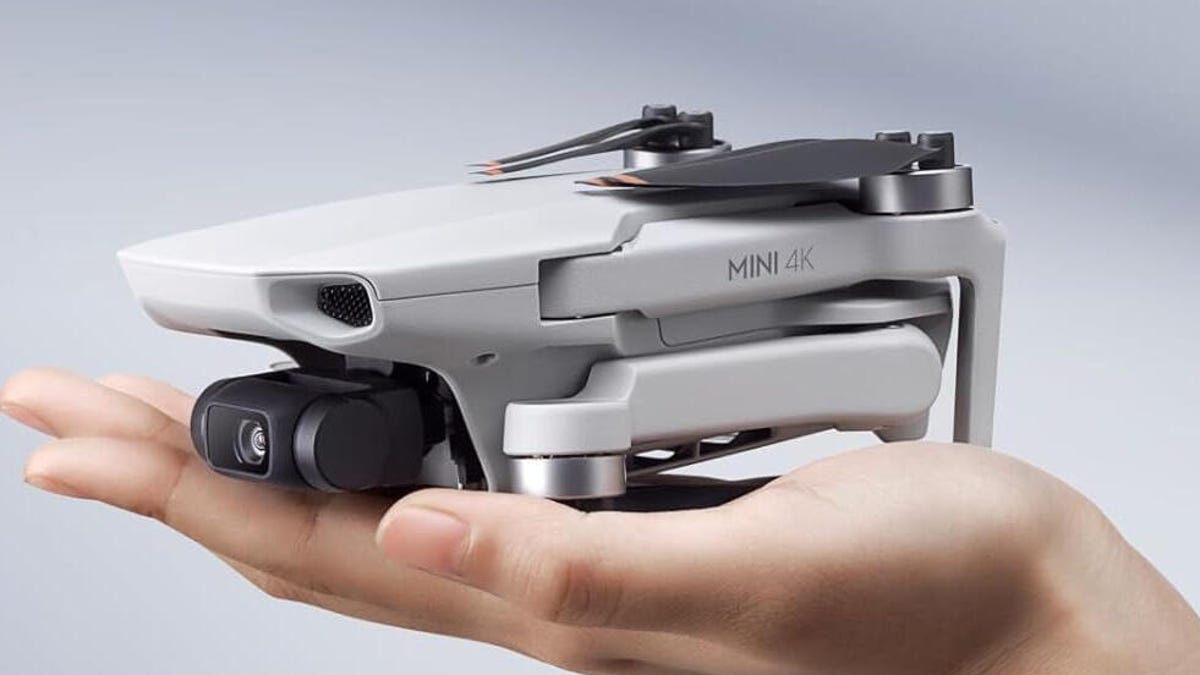
With Thanksgiving wrapped up and the Black Friday shopping sales here, if a DJI drone is on your holiday wish list, you might want to hit «buy» immediately. The company has issued a stark warning: Its drones could be banned from sale in the US, and the deadline is looming.
The Federal Communications Commission voted 3-0 at the end of October to «close loopholes» that allow tech deemed a «national security risk» to be sold in the US. In plain English, the US government is clearing the path to give DJI the same treatment it gave Chinese phone-maker Huawei, effectively banning its products from the American market.
The US government has deemed DJI, which is based in China, a security risk. It’s also considering a separate ban on TP-Link routers.
DJI is already sounding the alarm, posting on Instagram that a «deadline that could decide DJI’s fate in the US is just 43 days away» (now 19 days away). The company is warning that without an audit, its products could face an «automatic ban.» The US government has long labeled the Chinese drone maker a security risk, and it looks like the hammer might finally be coming down right before the holidays.
Don’t miss any of our unbiased tech content and lab-based reviews. Add CNET as a preferred Google source.
The vote isn’t the end of the road, however. Future bans would need to target specific products and would require a period of public consultation. But it appears the groundwork is being set for the FCC to block sales of future and some existing DJI drones from US shores, as well as products that use DJI technology.
The government has called for a DJI audit by the end of the year, but if that doesn’t happen, DJI drone products could be banned for sale by default under a national security law.
DJI asks for a security audit before any ban
A representative for DJI told CNET that while the FCC vote references a rule change that doesn’t currently apply to DJI specifically, the National Defense Authorization Act deadline in December would put Chinese companies like it on the FCC’s ban list, «without any evidence of wrongdoing or the right to appeal.»
Adam Welsh, head of global policy at DJI, said the company has repeatedly said it would be open to audit, but that «more than 10 months have now passed with no sign that the process has begun.»
«The US government has every right to strengthen national security measures, but this must go hand in hand with due process, fairness, and transparency,» Welsh said.
Welsh said DJI is urging the government to start the audit process or grant an extension.
Will DJI drone owners need to give them up?
Because the ban would apply to new sales, not drones that have already been sold, a DJI drone you already own would still be legal to use — at least under current rules.
Government agencies, however, are prohibited from purchasing or using drones from Chinese companies, including DJI.
DJI’s drones consistently rank high in their product category. In January, they dominated CNET’s list of best drones for 2025. But some of the company’s newest products, such as the DJI Mavic 4 Pro, haven’t been available for sale in the United States.
Even DJI products that are not yet banned may be hard to find. The website UAV Coach has posted a guide to the bans and reports that, due to inventory issues, most DJI drone models are sold out at retailers regardless of future FCC action.
-

 Technologies3 года ago
Technologies3 года agoTech Companies Need to Be Held Accountable for Security, Experts Say
-

 Technologies3 года ago
Technologies3 года agoBest Handheld Game Console in 2023
-

 Technologies3 года ago
Technologies3 года agoTighten Up Your VR Game With the Best Head Straps for Quest 2
-

 Technologies4 года ago
Technologies4 года agoBlack Friday 2021: The best deals on TVs, headphones, kitchenware, and more
-

 Technologies4 года ago
Technologies4 года agoVerum, Wickr and Threema: next generation secured messengers
-

 Technologies4 года ago
Technologies4 года agoGoogle to require vaccinations as Silicon Valley rethinks return-to-office policies
-

 Technologies4 года ago
Technologies4 года agoOlivia Harlan Dekker for Verum Messenger
-

 Technologies4 года ago
Technologies4 года agoiPhone 13 event: How to watch Apple’s big announcement tomorrow

